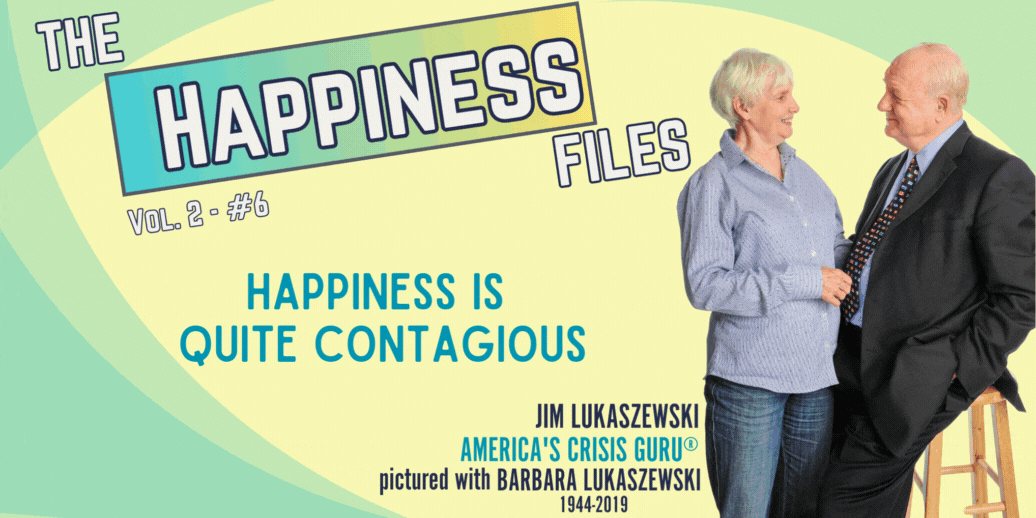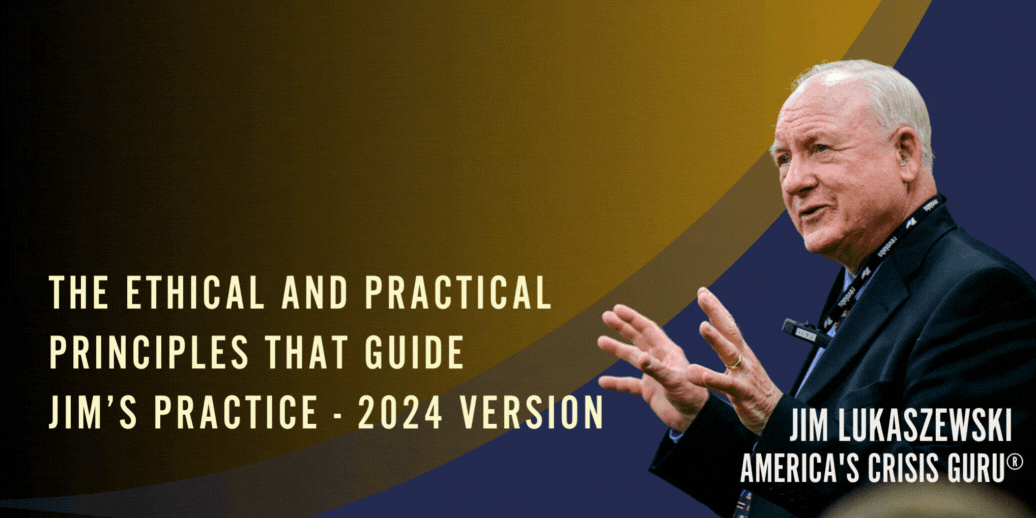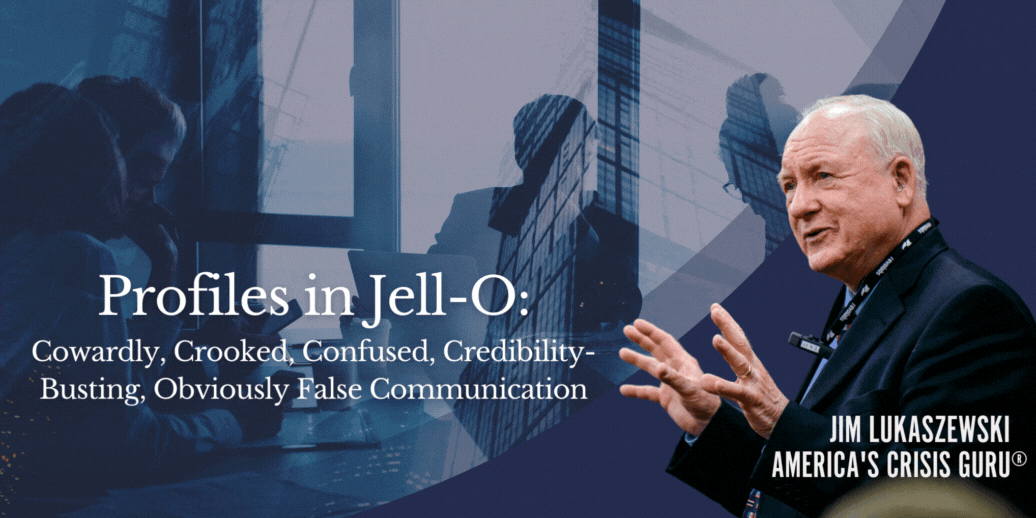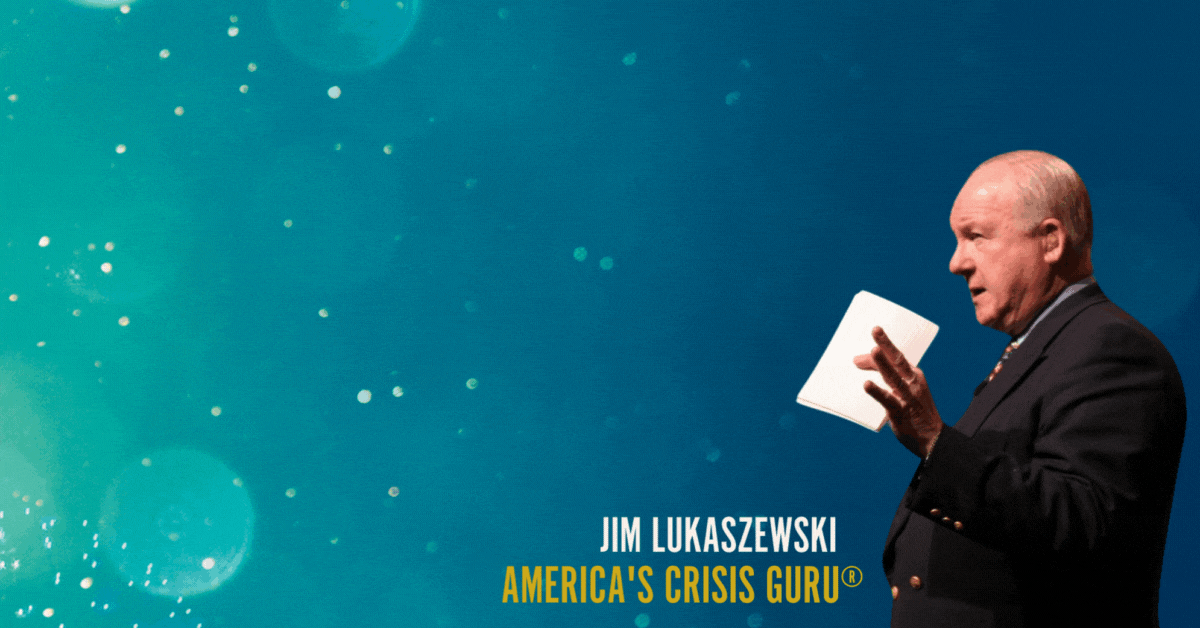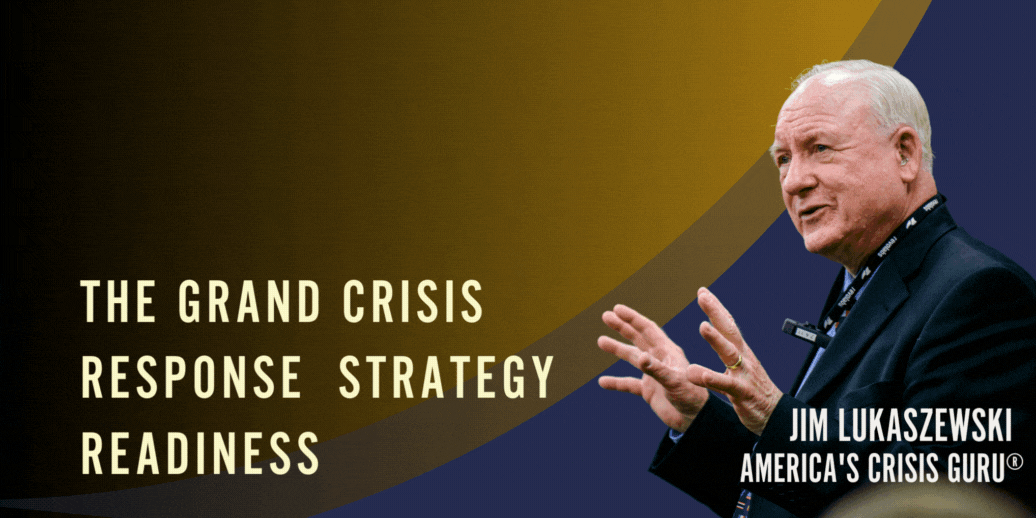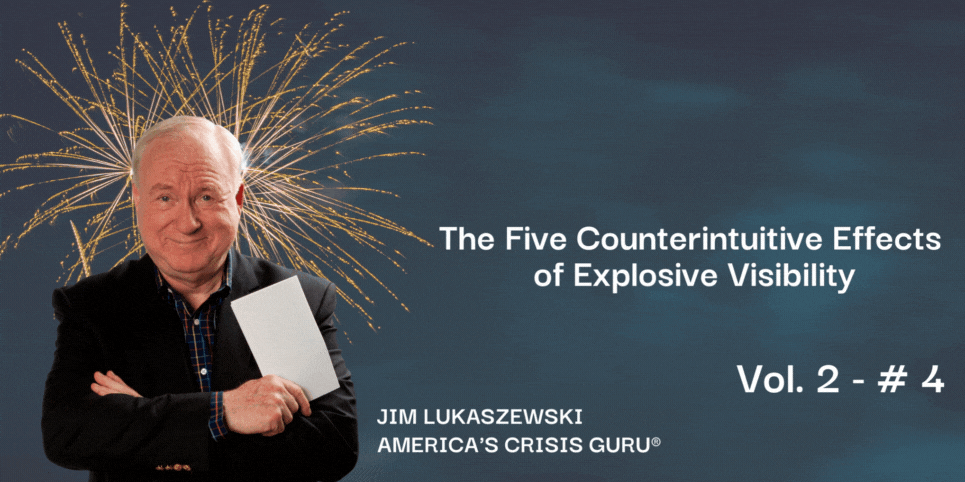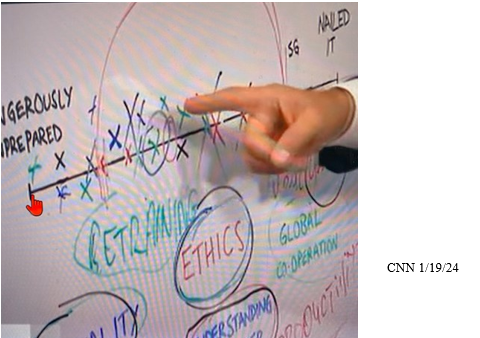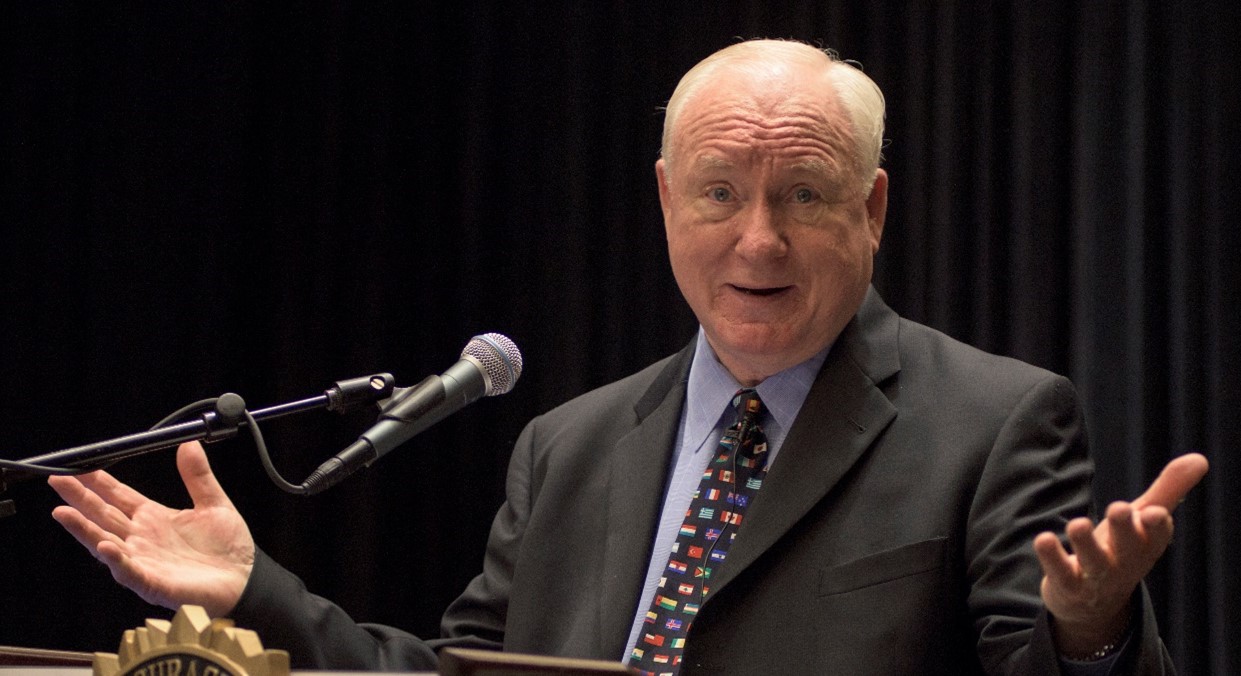Thank, Applaud, Congratulate, Recognize,
or Honor One Person Every Day.
Just Do It.
Each Recipient Will Remember You
and What You Did For Them and For Others.
Why Do This?
If you are one of the many waiting around for the spontaneous recognition for the good things you have done for others and maybe larger groups, the wait could be longer. Only a handful of us, a very tiny number will experience these magical events in their lives. If you want people to remember you, there are some powerful realities:
- Remember others first.
- Take some time every day to find people you know you need to thank and do it.
- As you develop this habit, you will find that each recipient of your gratitude will remember you, what you did for them, and perhaps what you did for others, then tell you and tell others.
- My personal belief is that every supervisor, senior manager, and leader has an obligation to look for others who do outstanding things, and then take the trouble to personally recognize their accomplishments. These powerful communications often have lifelong impact. Recipients gain what so many of us would like to have, happiness.
- Do things that are memorable, that you know are special or above and beyond the call of duty. Sometimes you have to force people to remember you.
- Bottom line: Being remembered is a very intentional personal behavior. No thank you, no gratitude, no memory…no happiness.
Remember, Thank You are the two most powerful words in any culture, any language, and any relationship. Be specific about what you are thanking for will make those two words more powerful, memorable, and actionable.
An Introduction to the Power of Thank You
The first thank you note that came my way occurred shortly after the Public Relations Society of America (PRSA) published a couple of my short essays in 1974. The notes came from people I didn’t even know, Chester Burger and Rob8ert Dillionsnider of New York City, for example. Just brief short notes on special thank you stationery they had which said essentially, “Dear Jim, liked your piece, especially A, B, and C. You need to write more about these things. Thank you, sincerely.”
In almost every month of my career from those days to these, I receive thank you notes from people.
Two powerful experiences really illustrate the power of recognizing what you like about how other people have helped you. That read them, enjoy them, and use the lessons they teach.
Handkerchief warning, have some tissues ready as you read these two articles.
The Power of a Note, My First Lesson – A Personal Story
I was 26 years old and a junior manager in a Minneapolis retail music store. The way they went about teaching management was to put junior managers in charge of something real. One of my first “real” management jobs was to oversee the stereo components department in the company’s downtown store. I had a pretty tough, old-fashioned supervisor who had only a few requirements for my first month as manager: conduct a sales meeting on Tuesdays at 7:30 AM, present a new selling idea to the group of five, and write at least one complimentary note to a sales staff member during the month. More than one note was encouraged.
One day, one of the long-time salesmen passed away. It wasn’t my fault. My manager came down and asked me to go through his desk to make sure there was nothing embarrassing to him or the company. The family was coming in to spend some time in the department where the salesman had spent most of his working life.
I went through his desk, an old-fashioned World War II surplus desk with deep drawers. In the back there was a big box of papers; I couldn’t make heads or tails of it, but I soon noticed that everything inside the box was in chronological order, with the youngest documents first. As I was trying to figure out what it was all about, I noticed that on every piece of paper, going back more than 30 years, there was a handwritten note from somebody making a nice comment about this gentleman’s work.
There were even several notes from more than 30 years ago, from the company’s founder. Some were just scribbles, “Great job with the Wilsons, we couldn’t crack them, you sold them”, “Thanks”, “You really did a great job resolving the concerns of the Olsons, they kept the merchandise after all. Nice going.” Then it struck me that he had likely saved every positive piece of paper he received. There, on top, was my recent handwritten compliment. I kind of teared up.
When the family came, I put the box on the top of his desk, and his family members began going through it and talking about how many of these notes they knew about. Seems he talked about them at the dinner table whenever he got one. As I think back over that dramatic day, in the context of my career, something I could have done a lot more would have been to consistently and constantly thank people, compliment people, and to congratulate people. The lesson and perhaps the moral is if you want to be remembered, remember others.
The Mark Eklund Story, “All the Good Things”
By Helen P. Mrosla
Courtesy of Reader’s Digest, Copyright © 1991,
Reprinted with Permission of Trusted Media Brands, Inc., Copyright © 2020
He was in the first third-grade class I taught at Saint Mary’s School in Morris, Minn. All 34 of my students were dear to me, but Mark Eklund was one in a million. Very neat in appearance but had that happy-to-be-alive attitude that made even his occasional mischievousness delightful.
Mark talked incessantly. I had to remind him again and again that talking without permission was not acceptable. What impressed me so much, though, was his sincere response every time I had to correct him for misbehaving – “Thank you for correcting me, Sister!” I didn’t know what to make of it at first, but before long I became accustomed to hearing it many times a day.
One morning my patience was growing thin when Mark talked once too often, and then I made a novice teacher’s mistake. I looked at Mark and said, If you say one more word, I am going to tape your mouth shut!” It wasn’t ten seconds later when Chuck blurted out, “Mark is talking again.” I hadn’t asked any of the students to help me watch Mark, but since I had stated the punishment in front of the class, I had to act on it.
I remember the scene as if it had occurred this morning. I walked to my desk, very deliberately opened my drawer and took out a roll of masking tape. Without saying a word, I proceeded to Mark’s desk, tore off two pieces of tape and made a big X with them over his mouth. I then returned to the front of the room. As I glanced at Mark to see how he was doing, he winked at me. That did it! I started laughing. The class cheered as I walked back to Mark’s desk, removed the tape, and shrugged my shoulders. His first words were, “Thank you for correcting me, Sister.”
At the end of the year, I was asked to teach junior-high math. The years flew by, and before I knew it Mark was in my classroom again. He was more handsome than ever and just as polite. Since he had to listen carefully to my instruction in the “new math,” he did not talk as much in ninth grade as he had in third. One Friday, things just didn’t feel right. We had worked hard on a new concept all week, and I sensed that the students were frowning, frustrated with themselves and edgy with one another.
I had to stop this crankiness before it got out of hand. So I asked them to list the names of the other students in the room on two sheets of paper, leaving a space between each name. Then I told them to think of the nicest thing they could say about each of their classmates and write it down. It took the remainder of the class period to finish their assignment, and as the students left the room, each one handed me the papers. Charlie smiled. Mark said, “Thank you for teaching me, Sister. Have a good weekend.” That Saturday, I wrote down the name of each student on a separate sheet of paper, and I listed what everyone else had said about that individual.
On Monday I gave each student his or her list Before long, entire class was smiling. Really?” I heard whispered. “I never knew that meant anything to anyone!” I didn’t know others liked me so much.” No one ever mentioned those papers in class again. I never knew if they discussed them after class or with their parents, but it didn’t matter. The exercise had accomplished its purpose. The students were happy with themselves and one another again.
That group of students moved on. Several years later, after I returned from vacation, my parents met me at the airport. As we were driving home, Mother asked me the usual questions about the trip, the weather, my experiences in general. There was a lull in the conversation. Mother gave Dad a sideways glance and simply says, “Dad?” My father cleared his throat as he usually did before something important. “The Eklunds called last night,” he began “Really?” I said. “I haven’t heard from them in years. I wonder how Mark is.” Dad responded quietly. “Mark was killed in Vietnam,” he said. “The funeral is tomorrow, and his parents would like it if you could attend.” To this day I can still point to the exact spot on I-494 where Dad told me about Mark.
I had never seen a serviceman in a military coffin before. Mark looked so handsome, so mature. All I could think at that moment was, “Mark, I would give all the masking tape in the world if only you would talk to me.” The church was packed with Mark’s friends Chuck’s sister sang “The Battle Hymn of the Republic.” Why did it have to rain on the day of the funeral? It was difficult enough at the graveside. The pastor said the usual prayers, and the bugler played taps. One by one those who loved Mark took a last walk by the coffin and sprinkled it with holy water. I was the last one to bless the coffin. As I stood there, one of the soldiers who acted as pallbearer came up to me. Were you Mark’s math teacher?” he asked. I nodded as I continued to stare at the coffin. “Mark talked about you a lot,” he said.
After the funeral, most of Mark’s former classmates headed to Chuck’s farmhouse for lunch. Mark’s mother and father were there, obviously waiting for me. “We want to show you something, his father said, taking a wallet out of his pocket. “They found this on Mark when he was killed. We thought you might recognize it.” Opening the billfold, he carefully removed two worn pieces of notebook paper that had obviously been taped, folded and refolded many times. I knew without looking that the papers were the ones on which I had listed all the good things each of Mark’s classmates had said about him. “Thank you so much for doing that,” Mark’s mother said. “As you can see, Mark treasured it.” Mark’s classmates started to gather around us.
Charlie smiled rather sheepishly and said, “I still have my list. I keep it in the top drawer of my desk at home.” Chuck’s wife said, “Chuck asked me to put his in our wedding album.””I have mine too,” Marilyn said. “It’s in my diary.” Then Vicki, another classmate, reached into her pocketbook, took out her wallet and showed her worn and frazzled list to the group. I carry this with me at all times,” Vicki said without batting an eyelash. “I think we all saved our lists.” That’s when I finally sat down and cried. I cried for Mark and for all his friends who would never see him again.
The density of people in society is so thick that we forget that life will end one day. And we don’t know when that one day will be. So please, tell the people you love and care for, that they are special and important. Tell them, before it is too late.
How to Write a Good Thank You Note
- A one-sentence positive explanation of what specifically got your attention or triggered a productive thought or learning moment.
- A general complimentary comment about the person you are writing to: Their generosity, their wisdom, their helpfulness.
- A specific suggestion, request, or observation. (Something like, “I really like the part about your joining a small family agency, please write more about your experiences in the future.”)
- Closing compliment. “You really are a contributor to our profession. Thank you.”
- A useful close, i.e. “Hope to hear more from you”.
- Sentimental close (if you really know the recipient). These are two of my favorites of all time, from Chester Burger, one of the very prominent practitioners of his day. A sincere and motivational closing: “With admiration and anticipation, Your Name,” or a more personal close for someone you know rather well, “With Respect and Affection, Your Name”.
Special note: The most powerful format is handwritten and of course, sent through the mail. Compliments sent through email are appreciated but have only a small percentage of impact compared to a personally signed note.
The best time to write a note like this is right now, you are likely to be at your most eloquent, important, and memorable at the moment of your inspiration and gratitude.
Thank, applaud, congratulate, recognize, or honor someone every day.
Be Remembered.
Be Happy.
Can I Share Some of Your Thank You Notes From Admirers?
In the coming months and years, I will be sharing thank you notes. I very much would like to publish communications like these that came to you and how they affected your life. Email them to jel@e911.com with the Subject Line “Powerful Thank You Notes”.


